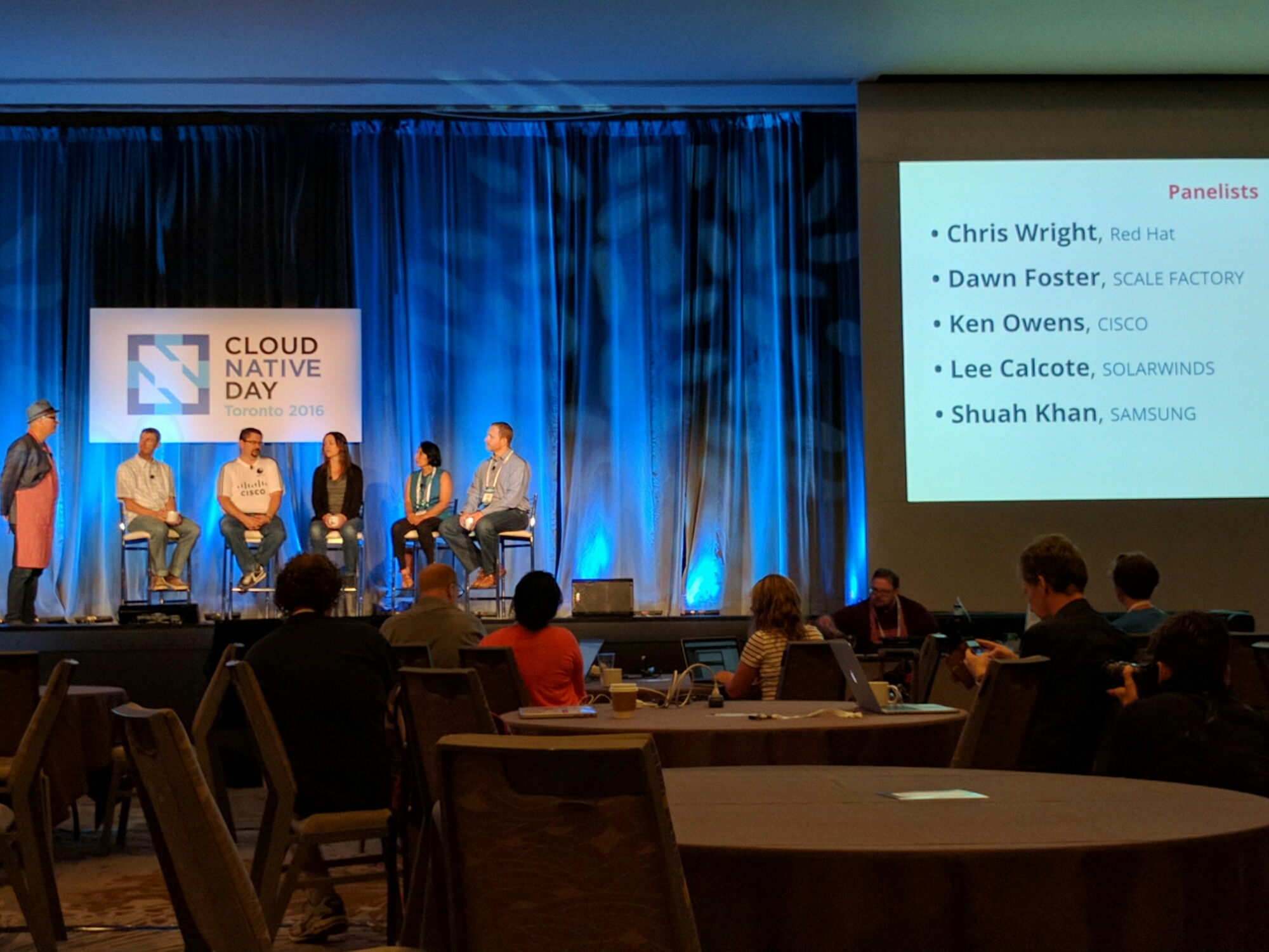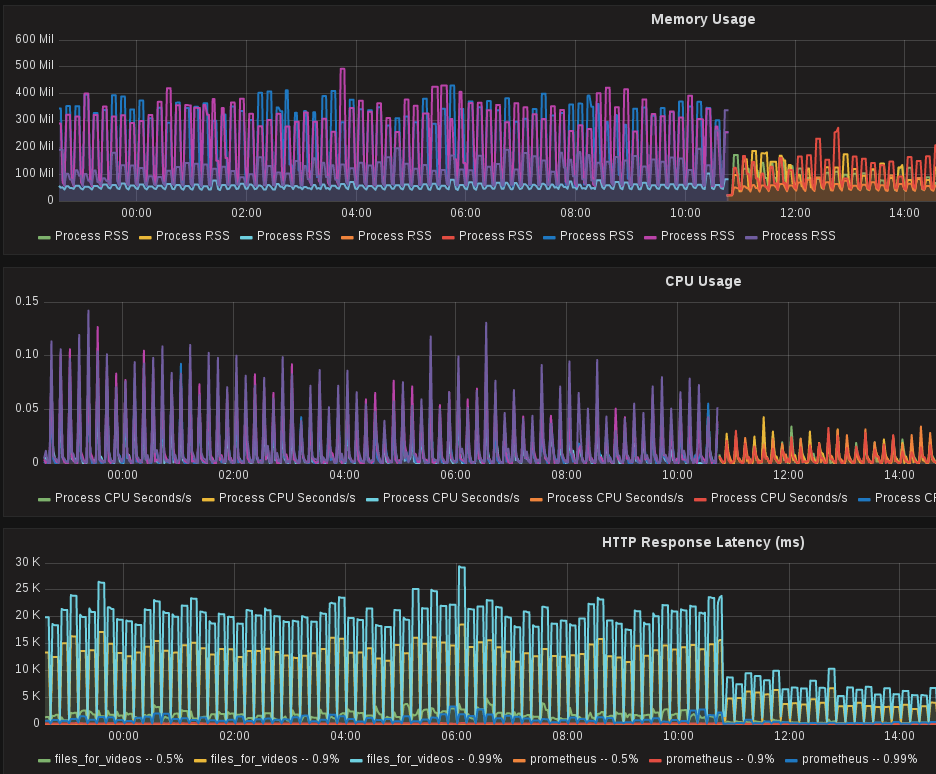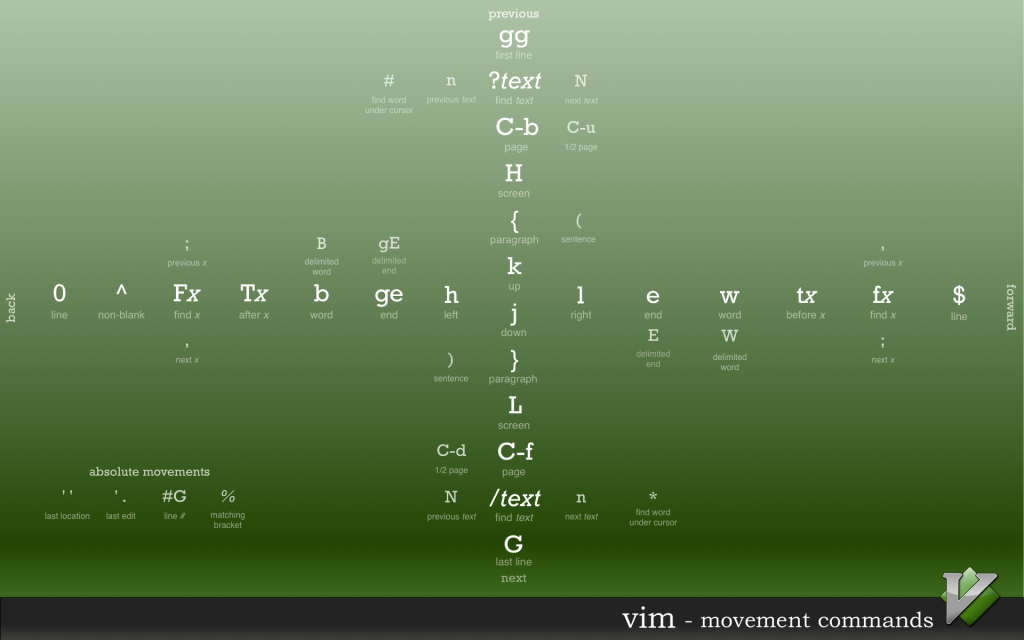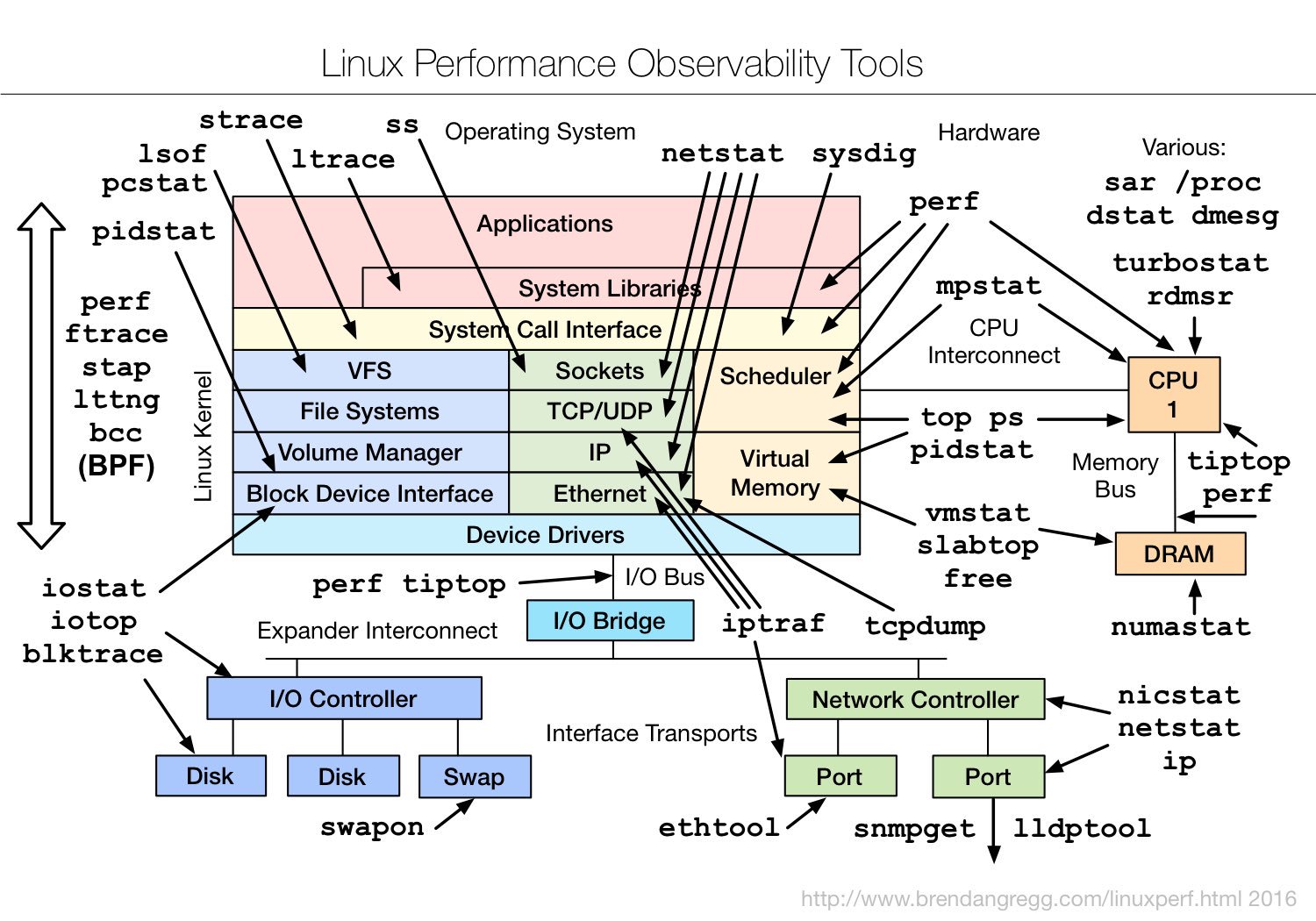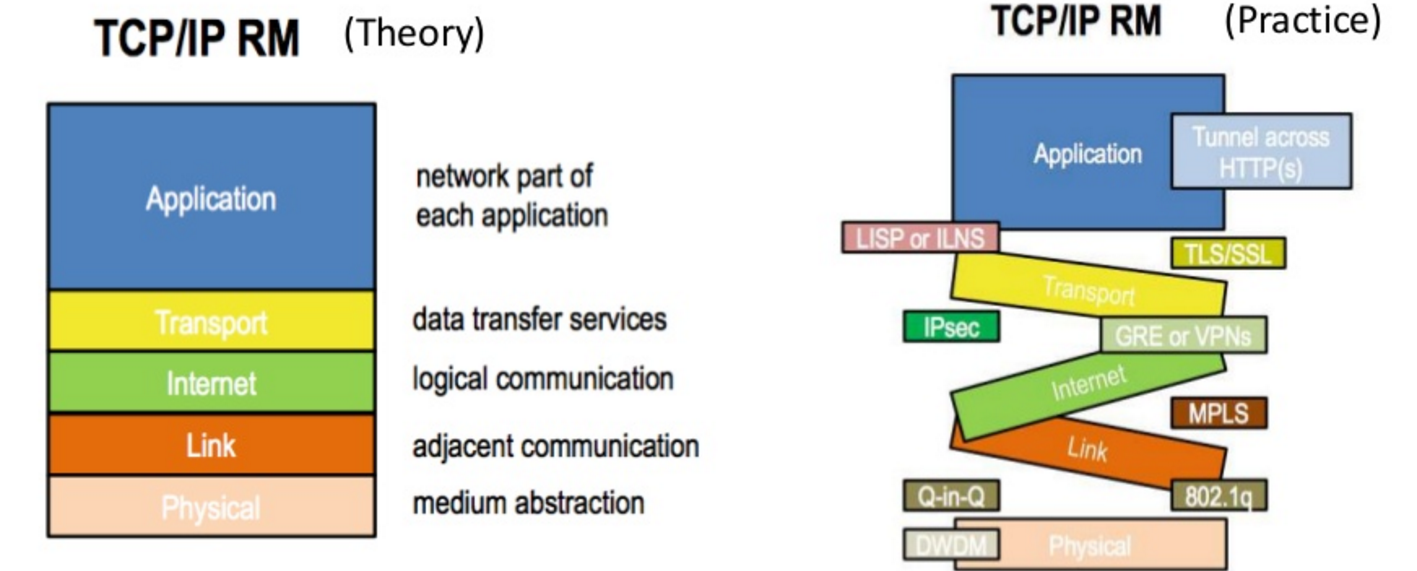Leave a reply
Go 1.7
Today I rebuilt one of our micro-services using Go 1.7.
1.7’s new SSA compiler produces faster code but I was surprised to see this much improvement. This isn’t a perfect comparison – a couple of library dependencies got updated as well and Kubernetes may have put the containers on different machines in the cluster.
Go 1.7 and SSA
Go 1.7 is out. One of the big features is the new SSA based compiler. The article below describes some of the tooling around this new feature.
Looking at your program’s structure in Go 1.7
The Go project does a great job of tooling.
Random Algorithms
Intel Hyperscan
Vim Shortcuts
Linux Perf Tools
Numbers to Plan By
Layers
P4 Workshop Presentations
If you into networking or specifically P4 you should take a look at the recent P4 workshop presentations.
